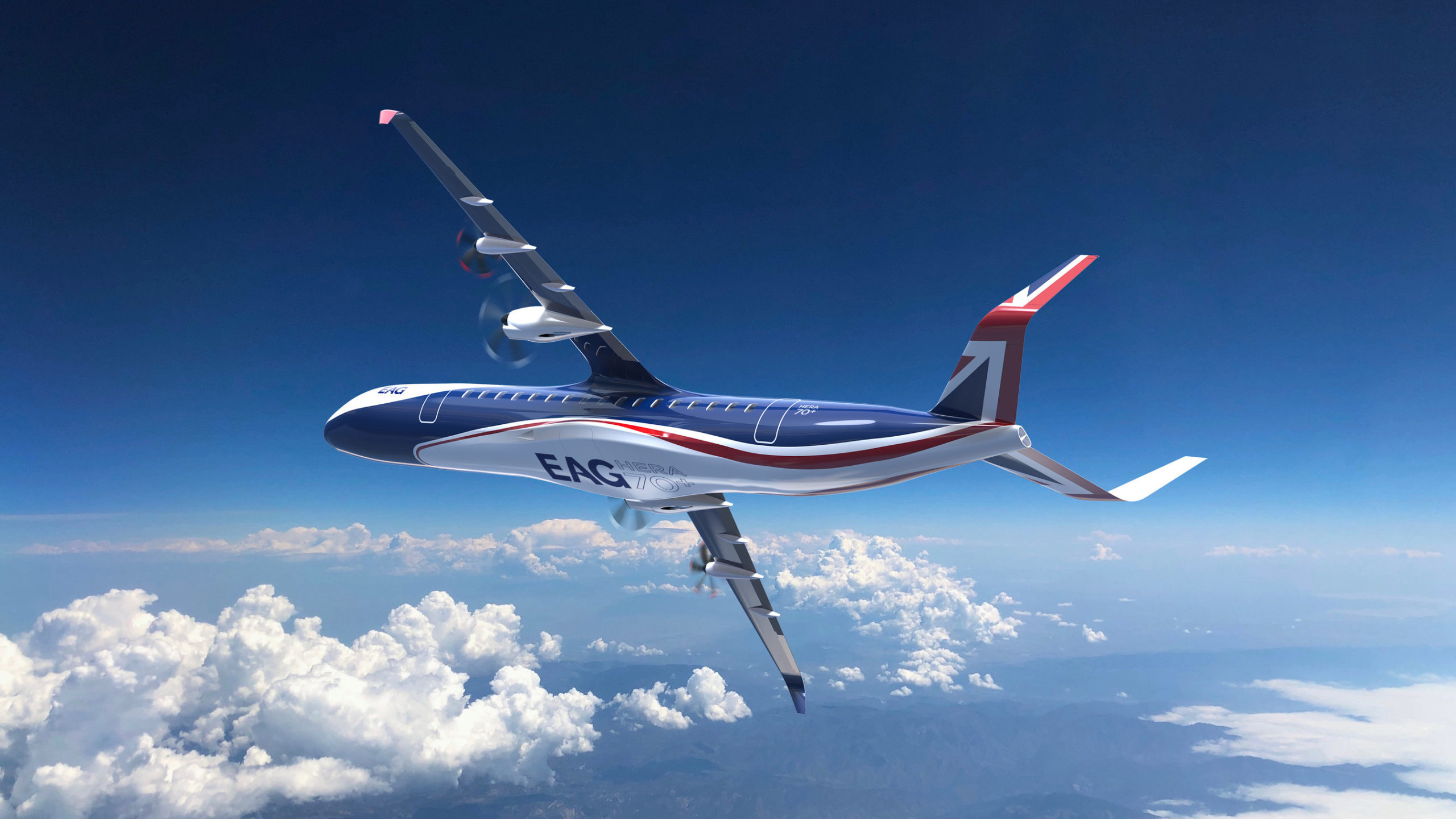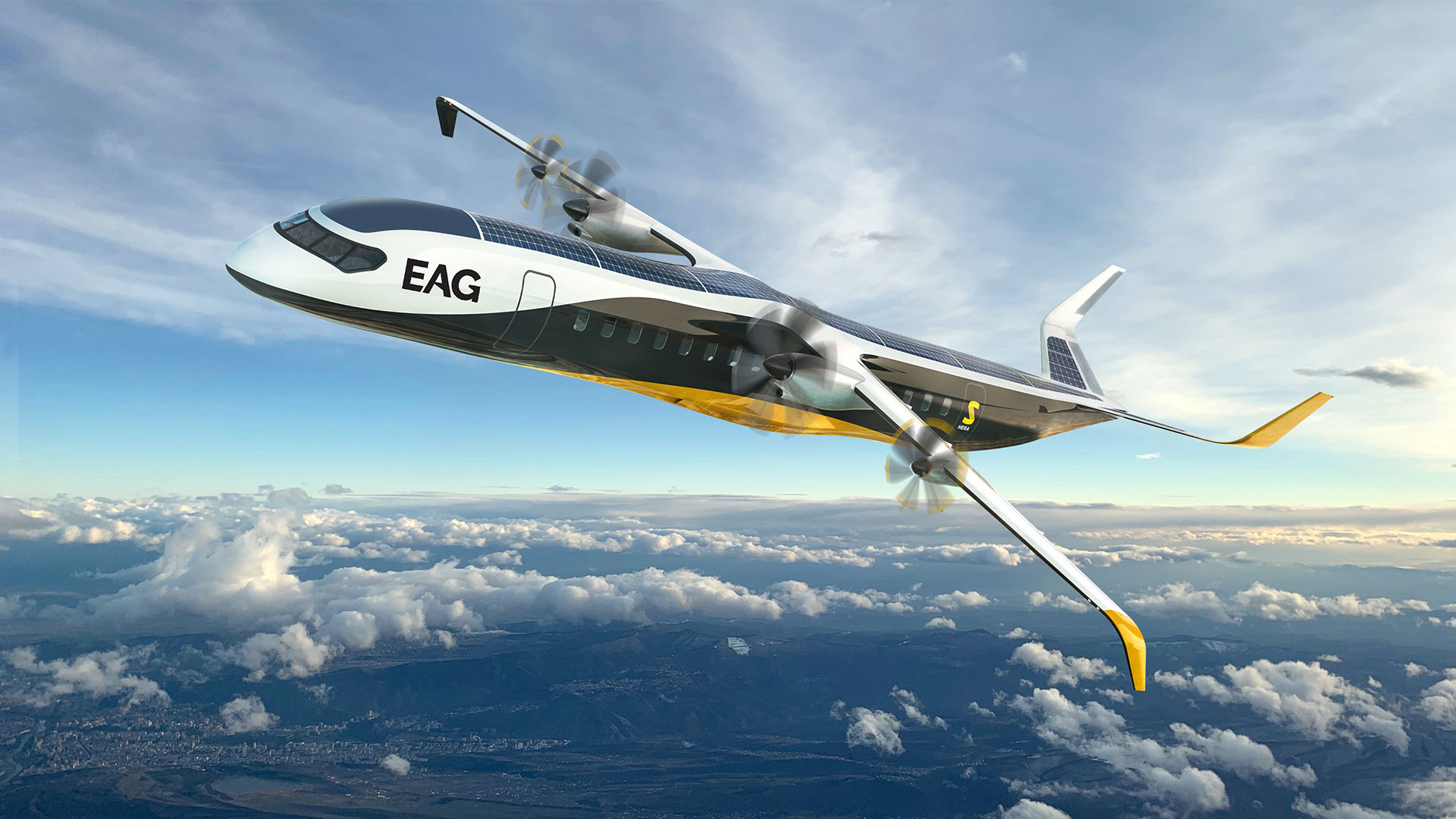While the United Kingdom was once one of the leading nations in designing and building commercial aircraft, except for its involvement producing Airbus parts it had withdrawn from the sector. This project highlights a clear intent for its return and a solution to the ongoing challenges of decarbonisation and mass transportation.
While we continue to look at alternative fuels as a solution for aviation's sustainability goals, many believe that a move to electric aircraft will be a future course for the industry. We are starting to see an increasing adoption of hybrid and full-electric vehicles on the road and there has been a clear industry-wide shift towards developing electrically-propelled aircraft.
There have been many next generation concepts revealed over the past few years for smaller aircraft designs to support personal transport needs. Research from global consultancy Roland Berger highlights that the cumulative number of electric aircraft developments grew steadily until 2016 but has subsequently increased more rapidly since. In fact it claims the number of electrically propelled aircraft developments grew by ~30% in 2019 and now exceeds 200, with Europe home to the largest proportion of studies.
Understandably Urban Air Taxi and general aviation concepts dominate, but scaling these projects to a level to support commercial air transport needs is more problematic both from a technological and financial aspect. There is an obvious need for a solution that meets the needs of what has been a fast-expanding commercial aviation sector.
While Covid-19 has abruptly stopped the sector's growth it will not be terminal and those question on how we can make the industry more sustainable remain unanswered. The need for a solution is obvious and increasingly airports and airlines are becoming more involved in electric aircraft studies.
Royal Schiphol Group is among those leading the change to sustainable and electrical flight and investigating infrastructure adjustments that will be required to accommodate electric aircraft. Vancouver-based floatplane operator Harbour Air is working with electrical propulsion start-up, MagniX, to electrify its aircraft fleet.
Major airlines are also looking to play an active role. Last year, SAS Scandinavian Airlines stated work with Airbus to research the hybrid and electric aircraft eco-system and infrastructure requirements. Nordic carrier Widerøe is working with Rolls-Royce on zero-emission aircraft, while easyJet is assessing the potential of hybrid and full-electric aircraft for short-haul flights across Europe with Airbus, supporting an existing electric aircraft partnership with Wright Electric.

EAG believes its proposed Hybrid Electric Regional Aircraft (HERA) delivers a solution for short-haul flying and unveiled the concept this week to coincide with the opening of FIA Connect, the virtual alternative to the major Farnborough Airshow which should have been taking place in the Hampshire town this week.
"Our design is for an aircraft that will initially offer 800 nautical miles range at launch in 2028, and which will be able to carry over 70 people. We will be a first mover in what is a USD4.4 trillion market," says Kamran Iqbal, founder and CEO at EAG.
EAG says the aircraft will have a "whisper-quiet operation" which reduces noise pollution, an "innovative airborne battery regeneration" to minimise turn-around time, "efficient battery integration" and "thermal management of motors and power electronics". It will have a Gear Assisted Take-Off Run (GATOR) to deliver "rapid acceleration for a quick lift-off" reducing energy requirements and a Short Take-Off-and-Landing (STOL) performance which will enable "new route opportunities affording greater profitability to operators".
The latter will make it particularly suitable for operating from regional airports or small downtown facilities bringing convenience to business travellers in particular and allow closer proximity to warehouses, enabling private sector cargo to optimise last-mile terrestrial logistics and delivery systems and reduce carbon emissions. To support this it will be built with a cabin-flex design which will enable passenger operation during the day and cargo operation at night

EAG has already developed and filed a total of 25 patents covering a wide range of technologies. The organisation expects to initially create more than 25,000 jobs and unlock USD5 billion investments in the UK aerospace industry. The concept has also been future-proofed to accommodate alternative energy sources if available before 2030 and offer the flexibility to transform into an all-electric or carbon-neutral as the battery density improves or alternative fuels and associated powertrain technologies mature and become affordable.
Right now, significant investments have been raised to develop sub-19 seat hybrid and all-electric aircraft, but Mr Iqbal believes this is "the wrong strategy". "These small planes cannot meet the demands of mass air transportation or the requirements of decarbonisation," he adds.
The electrification of commercial aircraft will be among the most exciting developments in aviation alongside the introduction of the jet engine and the jumbo jet. The Covid-19 pandemic has closed the era on at least one of them, but could also help drive the evolution of the next and chapter in aviation and one that will not just transform the way we fly people and cargo but also how we design our cities and infrastructure.